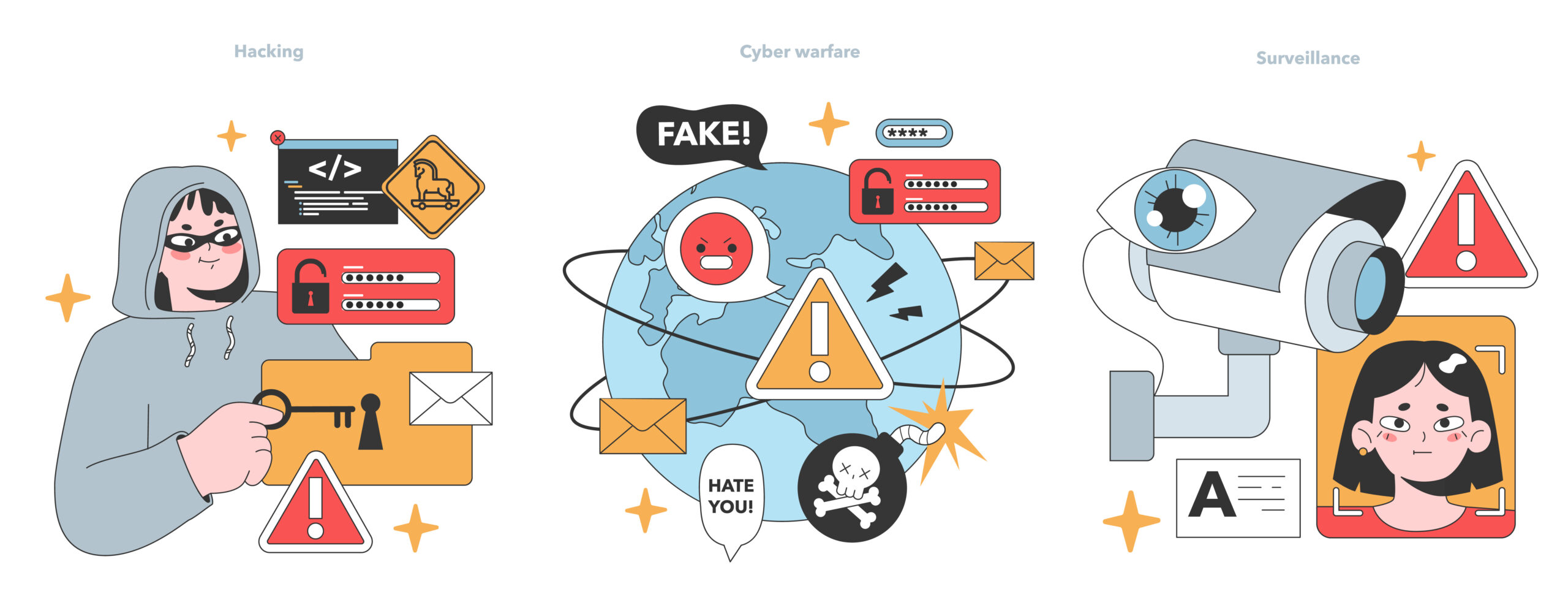Data breaches pose serious risks to businesses and individuals alike. They can lead to financial losses, legal penalties, and loss of trust among customers and stakeholders. Understanding the common causes of data breaches and implementing preventive measures can help organisations secure sensitive information. Here is a breakdown of the top 10 causes of data breaches and strategies to prevent them.
-
Weak and stolen passwords
Weak passwords or the reuse of passwords across multiple accounts can easily be cracked by hackers. To avoid this, implement strong password policies requiring complex passwords and encourage regular updates. Consider using multi-factor authentication (MFA) for an added layer of security.
-
Phishing Attacks
Phishing attacks trick employees into revealing personal information by pretending to be legitimate sources. Avoid this by educating employees to recognise phishing attempts and implementing email filtering tools. Additionally, use simulated phishing tests to assess and reinforce employee awareness.
-
Unpatched Software
Outdated software is vulnerable to exploits that cybercriminals can use to access systems. Thus, you should regularly update and patch all software. Establish a patch management system to ensure all systems are up to date.
-
Malware and Ransomware Attacks
Malware or ransomware can be introduced to systems through malicious downloads or attachments, leading to data theft or ransom demands. As a result, you should install antivirus and anti-malware software on all devices, perform regular scans, and educate employees on the risks of downloading unknown files.
-
Insider Threats
Employees or contractors with access to sensitive data may intentionally or unintentionally cause a breach. Implement strict access controls and ensure that employees only have access to the data necessary for their roles. Use monitoring tools to detect suspicious activities.

-
Poorly Managed Third-Party Vendors
Vendors with access to your data or systems can unintentionally cause breaches if they lack proper security. That is why you should conduct security assessments of third-party vendors and establish clear security requirements in contracts. Limit vendor access to critical data and systems as much as possible.
-
Social Engineering Attacks
Social engineering attacks manipulate employees into providing confidential information. In order to prevent this, you should regularly train employees to recognize social engineering tactics. Encourage a verification process before sharing sensitive information.
-
Physical Theft of Devices
Lost or stolen devices with access to company systems and data can lead to breaches. Use encryption on all devices that store sensitive data. Enable remote wiping for mobile devices, laptops, and tablets, and encourage employees to be cautious with company devices.
-
Misconfigured Security Settings
Improperly configured security settings can expose data and systems to external threats. Therefore, conduct regular security audits to identify and correct configuration issues. Use automated tools to monitor settings and flag potential vulnerabilities.
-
Human Error
Accidental data leaks, such as sending sensitive information to the wrong recipient or uploading it to the wrong platform, are common human errors. Thus, provide ongoing security awareness training and establish clear procedures for handling sensitive data. Moreover, use data loss prevention (DLP) tools to reduce the risk of accidental exposure.
To conclude, while data breaches are a constant threat, a proactive approach combining technology, employee training, and security protocols can significantly reduce the risks. Implementing these preventive measures will strengthen your organisation’s defences, helping protect sensitive information and preserving trust with your customers and partners.
